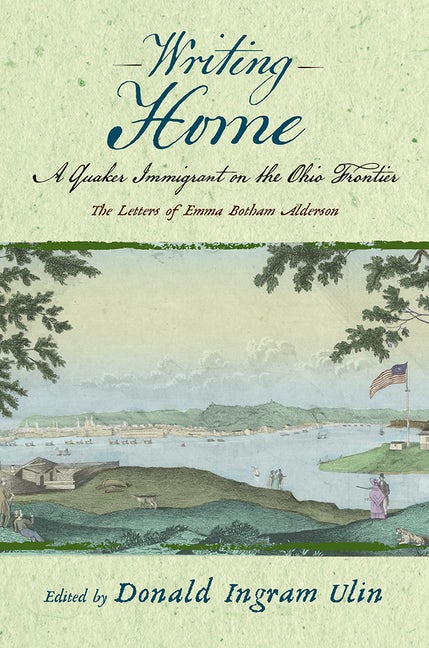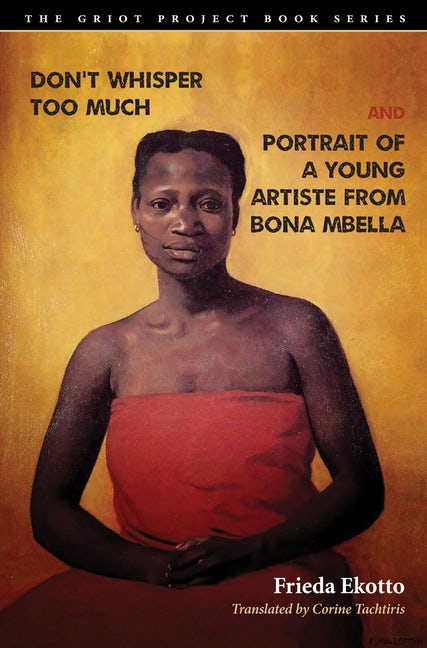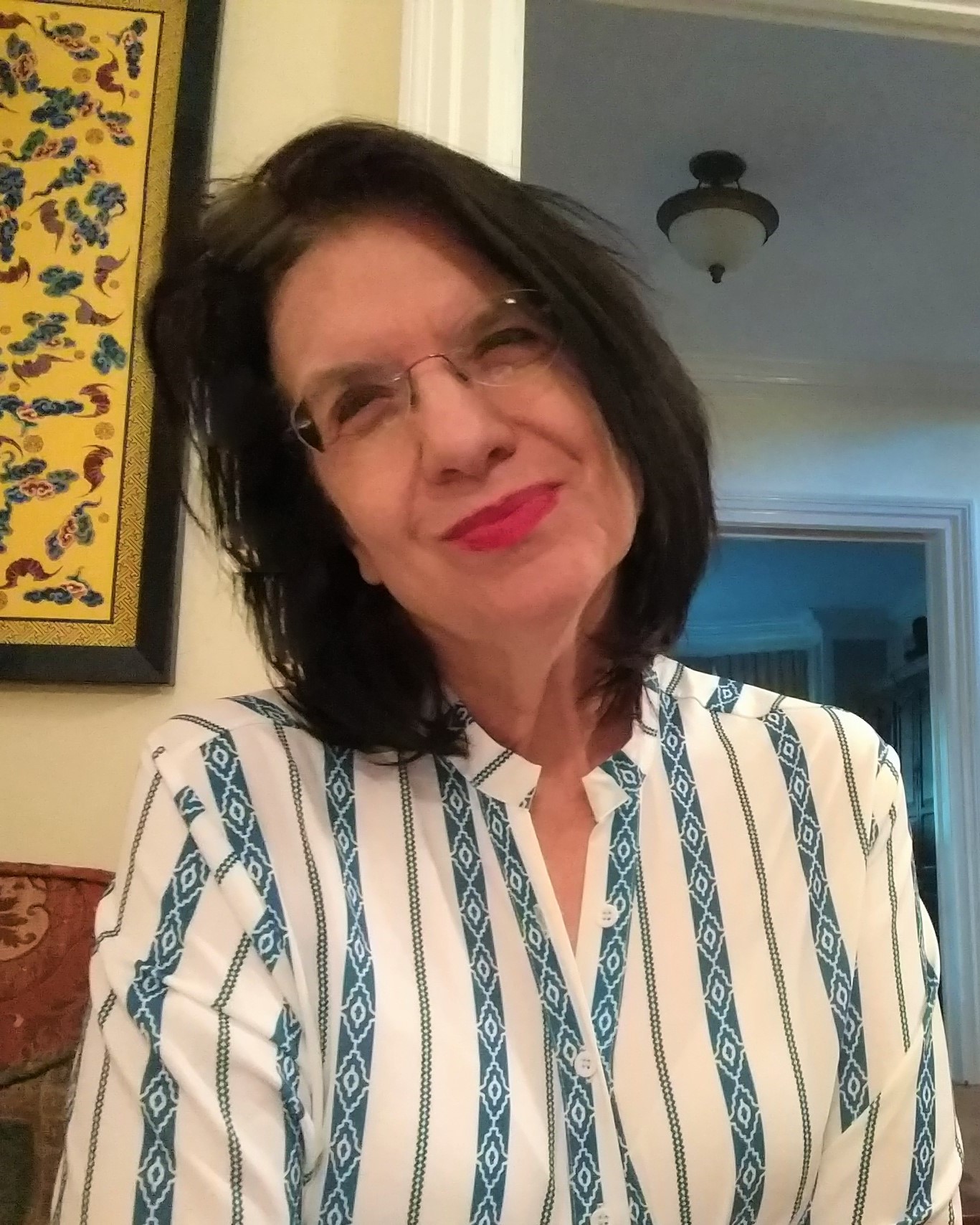Donald Ulin, editor of Writing Home: A Quaker Immigrant on the Ohio Frontier, talks with our graduate assistant Madison Weaver about the challenges of archival work, Quaker views on social justice issues, and how the life of an ordinary nineteenth-century…
Month: October 2020
ALTA43 Virtual Exhibit
In celebration of ALTA43, Bucknell University Press has assembled a list of books that may be of interest to attendees. Bucknell is a leading publisher in the humanities with a focus on literary studies, and maintains a broad interest in…
A Good Surprise in a Terrible Year
The Nobel Prize in Literature for Louise Glück A Guest Post by Lee Upton At last, a good surprise in a terrible year. My mother-in-law brought me the news first: Louise Glück had won the Nobel Prize. Glück has often…


